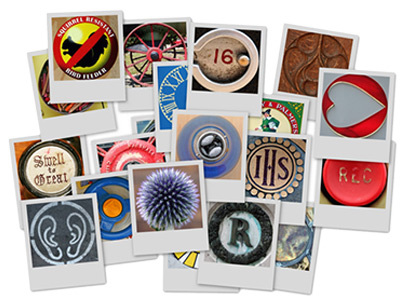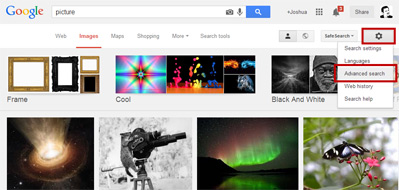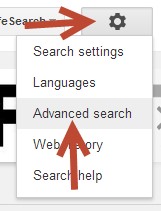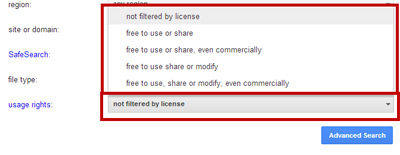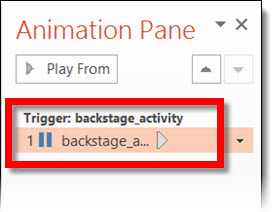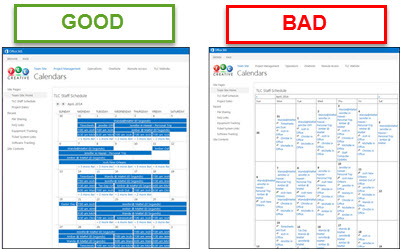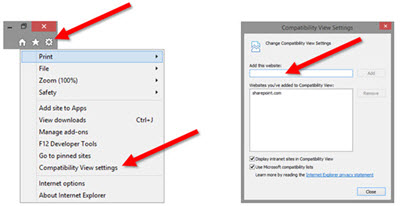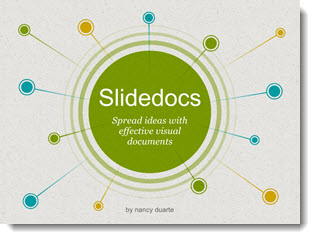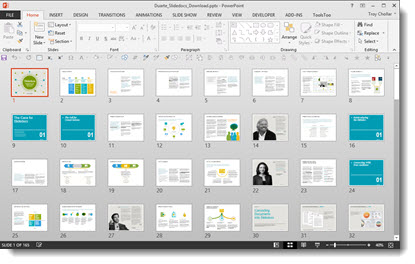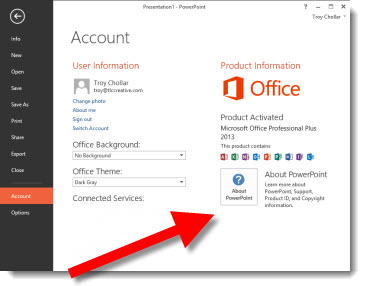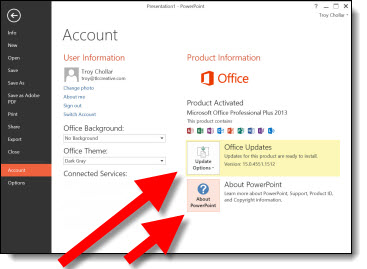I have been using the Microsoft Surface Pro since they debuted (I have not spent the money upgrading to the Surface Pro 3, but it looks great!). The Surface Pro is not my primary computer, it is not powerful enough to run everything I use on daily basis and also cannot compete with the 2TB of storage (almost all used) on my primary design laptop. But I do use the Surface Pro as my travel computer – carrying lots of project files on an external drive and using VPN access to the office server a lot, and as a backup show computer. The Surface Pro has proven it is a real computer.
(Surface Pro 2 with all of the below accessories) 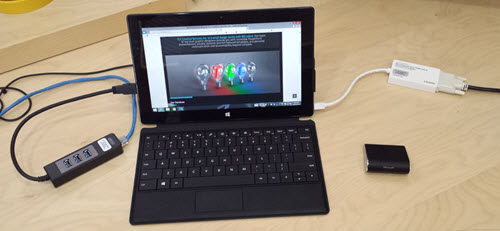
Over the past 6 months I have received a number of calls from various friends and emails about how I set my Surface Pro up and what accessories I recommend. So here is my recommendation list (note: all items apply to Surface Pro, Surface Pro 2, Surface Pro 3):
1. Classic Shell: This not just for the Surface Pro, but for every Windows 8/8.1 computer! It is free and lets your computer go direct to the “Windows 7” interface where we are all more productive and do our real work. Website link.
2. Unitek USB 3.0 hub with Ethernet (model Y-3045): The Surface Pro has 1 USB slot, which is not enough for productivity. It also has no Ethernet port for wired internet/network access. This small unit takes care of both shortcomings (note: this unit also works with MacBook Pro laptops that do not have Ethernet or enough USB ports). Amazon link.
3. Mini DisplayPort to HDMI/DVI/VGA Adaptor: carry one adaptor for all video connections! Handles HD (1920×1080) perfect and I have used every connection option (note: this unit also works with MacBook Pro laptops Thunderbolt™ Port). Amazon link.
4. Bluetooth Mouse: the Surface Pro only has 1 USB port (it is USB 3.0, but it is still only 1). Don’t occupy it, or one of you hub ports, with a mouse USB dongle, go Bluetooth.
If you are using the Surface Pro for light duty, I really like the Microsoft Wedge Mouse – Amazon link.
If you are using the Surface Pro for more daily work, I like the Microsoft Sculpt Comfort Mouse ( model H3S-00003) – Amazon link.
5. Type Cover Keyboard: the Surface Pro does not come with a keyboard, we all get to choose which one we want – and pay additional for it. First, get the Microsoft keyboard vs. third party, it just works. I have several and for real work I definitely recommend the keyboard with ‘real’ keys. The ultra thin and light touch cover keyboard does not provide any typing feedback and I have not found anyone saying it is a great experience for real work. For the Type Cover keyboard there are a few variations – I will say I prefer the version with the ‘real’ touchpad that has clickable left/right buttons. Amazon link.
(MS Surface Pro on Stage running software demo)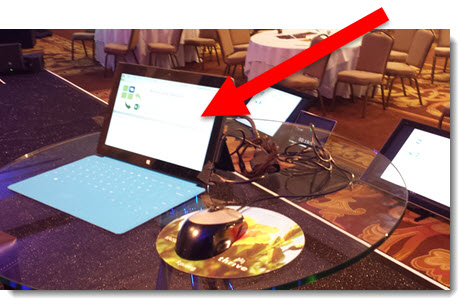
(MS Surface Pro as Backup Show Computer)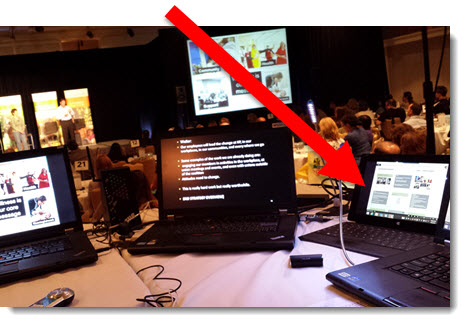
– Troy @ TLC
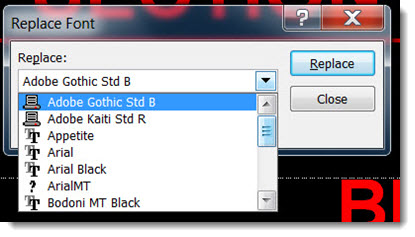
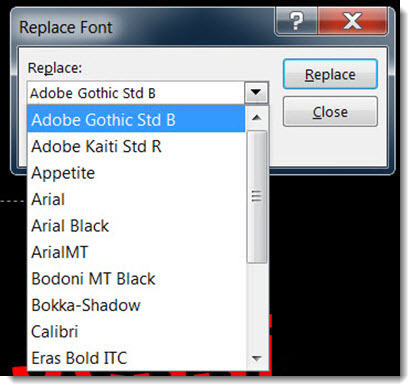





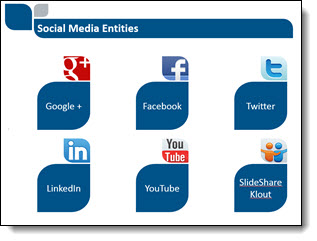

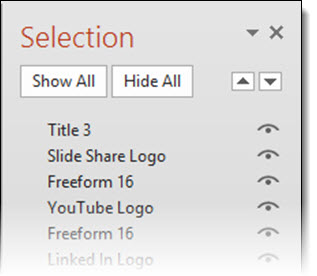
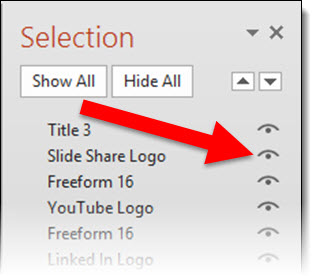
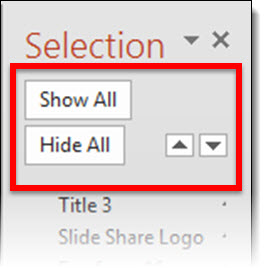
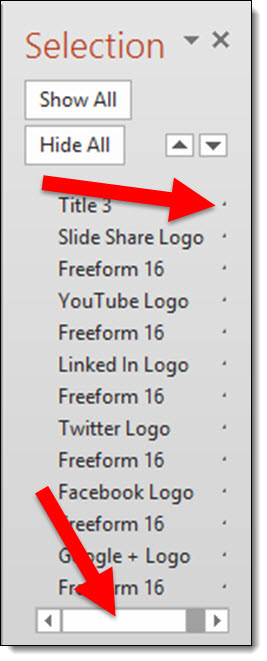
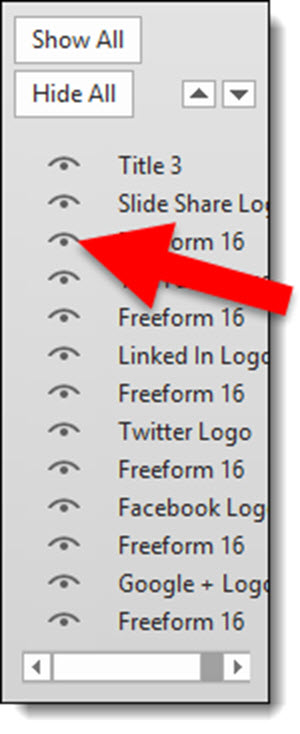
 The 5th Annual Outstanding Presentations Workshop begins September 9th. PowerPoint MVP, Ellen Finkelstein, has gathered another great line up of presentation experts this year. The series focus is on how to sharpen PowerPoint skills, clearly communicate the message, design powerful slides, and much more. I definitely endorse this as one of the most economical and easy ways of getting quality presentation information (and I was honored to be a presenter in past workshops).
The 5th Annual Outstanding Presentations Workshop begins September 9th. PowerPoint MVP, Ellen Finkelstein, has gathered another great line up of presentation experts this year. The series focus is on how to sharpen PowerPoint skills, clearly communicate the message, design powerful slides, and much more. I definitely endorse this as one of the most economical and easy ways of getting quality presentation information (and I was honored to be a presenter in past workshops).